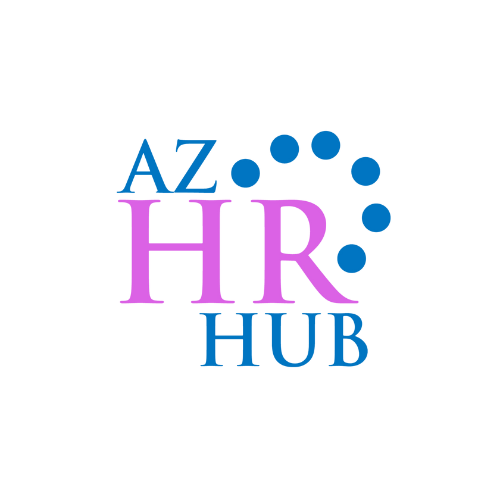Empowering Compliance: Strategies for Effective Employee Training and Awareness
An informed workforce is your first line of defense against compliance issues. Empowering teams to uphold compliance standards requires effective training and awareness campaigns. Here are strategies to ensure employees are well-informed and compliant:
Tailored Training Modules: Develop customized training modules that address industry-specific compliance requirements. Tailoring content to the organization's context enhances relevance and engagement.
Interactive Workshops: Conduct interactive workshops that simulate real-world scenarios. Interactive learning experiences encourage active participation and help employees apply compliance principles in practical situations.
Regular Compliance Seminars: Organize regular seminars focused on compliance updates and best practices. These sessions provide a platform for experts to share insights, answer questions, and clarify any uncertainties.
Scenario-Based Learning: Integrate scenario-based learning into training programs. Presenting employees with realistic scenarios helps them understand the consequences of non-compliance and reinforces the importance of adherence.
Gamification Techniques: Implement gamification elements in training to make learning more engaging. Using quizzes, challenges, and rewards creates a competitive and enjoyable atmosphere, encouraging employees to absorb and retain information.
Online Learning Platforms: Utilize online learning platforms for continuous training. These platforms offer flexibility for employees to access training materials at their own pace, fostering a culture of continuous learning.
Role-Specific Training: Tailor training content based on employees' roles and responsibilities. Role-specific training ensures that individuals understand how compliance directly relates to their job functions.
Simulated Drills and Exercises: Conduct simulated drills and exercises that mimic compliance-related situations. This hands-on approach prepares employees to respond effectively in real-life scenarios.
Feedback Mechanism: Establish a feedback mechanism for employees to express concerns or seek clarification on compliance matters. An open communication channel promotes transparency and encourages a proactive approach to compliance.
Leadership Involvement: Involve leadership in training initiatives. When leaders actively participate in and endorse compliance training, it emphasizes the organization's commitment to upholding standards.
Multilingual Training Materials: Provide training materials in multiple languages to accommodate diverse workforces. Multilingual resources ensure that all employees, regardless of language proficiency, can access critical compliance information.
Regular Assessments: Implement regular assessments to measure employees' understanding of compliance principles. Assessments identify areas that may require additional focus and contribute to ongoing improvement.
Visual Communication: Use visual aids and infographics to simplify complex compliance information. Visual communication enhances understanding and is particularly effective for conveying key compliance messages.
Incorporate Ethical Decision-Making: Include components on ethical decision-making in training programs. Empower employees to make morally sound choices, aligning with the organization's values and ethical standards.
Continuous Communication Campaigns: Launch continuous communication campaigns to reinforce compliance messages. Regular reminders through emails, posters, and internal communication channels help embed compliance into the organizational culture.
By implementing these strategies, organizations can create a comprehensive training and awareness framework that instills a culture of compliance, making it an integral part of daily operations.

